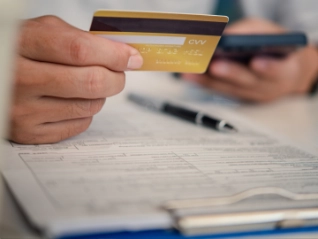Atradius Atrium
Get direct access to your policy information, credit limit application tools and insights.
 United Kingdom offices
United Kingdom offices













Load more
Viewing 7 out of 134






Load more
Viewing 7 out of 24







Load more
Viewing 7 out of 20














Load more
Viewing 7 out of 9
